May 21, 2025 | 21:44 GMT +7
May 21, 2025 | 21:44 GMT +7
Hotline: 0913.378.918
May 21, 2025 | 21:44 GMT +7
Hotline: 0913.378.918
The rice fields in Hamlet 5, Thuong Tan commune, stretch in a lush green blanket. Beads of sweat roll down the sun-kissed face of Mr. Huynh Quang Thuan, a farmer who has devoted more than 30 years to his fields. Additionally, he cultivates a "new dream" of sustainable cultivation and clean rice, in addition to tending to the rice.
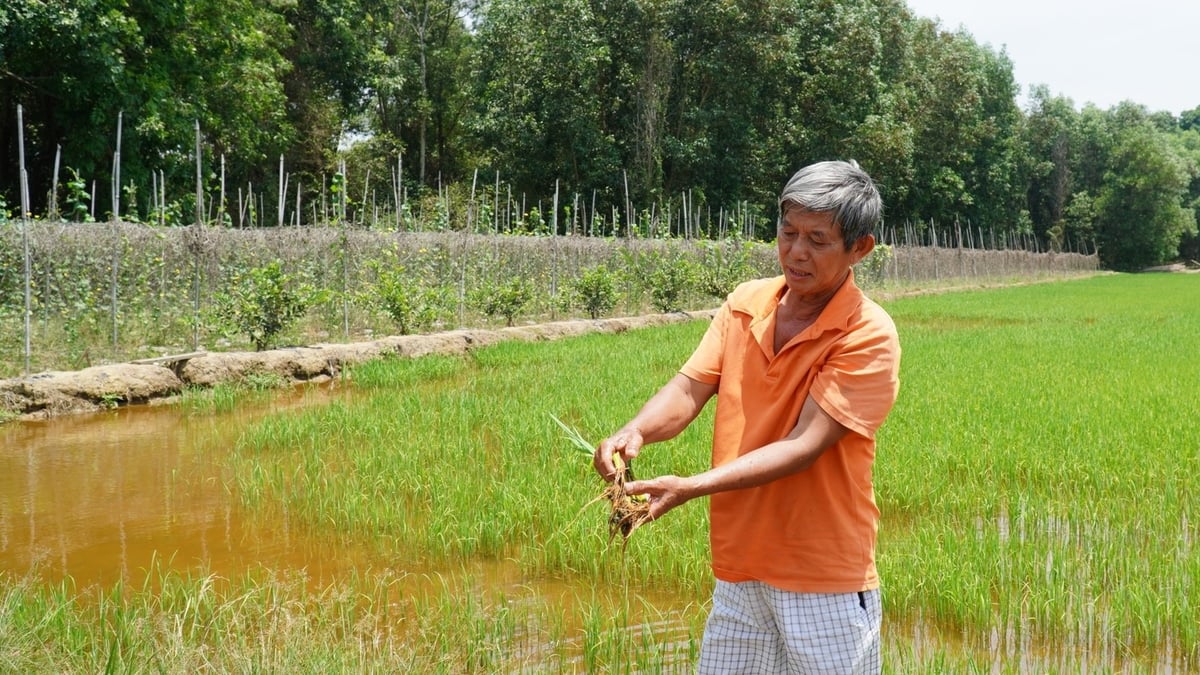
Mr. Huynh Quang Thuan introduces the healthy root system of rice plants grown according to the emission reduction model. Photo: Tran Phi.
Mr. Thuan is implementing a low-emission rice cultivation model on a 1-hectare demonstration field. “At first, I was really worried because the method was entirely new. But after a few seasons, I clearly saw fewer pests, the soil became softer, and I saved money on fertilizers and pesticides,” he said with a gentle smile and eyes full of trust.
The clean rice model revolves around the substantial reduction of chemical fertilizers and their replacement with microbial organic fertilizers derived from decomposed straw and manure. The soil becomes friable and high in natural nutrients as it no longer dries. "I collect the straw after each harvest, combine it with microbial products, and compost it for the upcoming season." He clarified that it not only improves the soil's quality but also saves money.
The biggest change is in water management; the fields are no longer flooded as in traditional methods, but instead alternate between dry and moist cycles every 5–7 days. The yields remain consistent, the plants become more robust, and the rice roots develop deeper. This method significantly diminishes methane emissions, which are a significant contributor to the greenhouse effect in wet rice cultivation.
Rather than broadly applying pesticides, Mr. Thuan employs light and sticky traps to monitor pests, intervening only when necessary and prioritizing biological pesticides. "I've come to realize that pests rarely attack healthy rice, which begins with the soil and roots. There’s really no need for excessive spraying.”
The Southern Institute of Agricultural Science and Technology, in partnership with the Department of Science and Technology of Binh Duong Province, devised and implemented the model. Mr. Thuan is presently conducting a pilot project on one hectare of his ten-hectare property.
Mr. Trinh Minh Thanh, Director of Dong Thuan Phat Cooperative, which provides technical support and monitors the model, stated that input costs decreased by 20–30% after two trial seasons, while yields remained constant. The clean rice grains are solid and easier to sell because consumers prefer them.
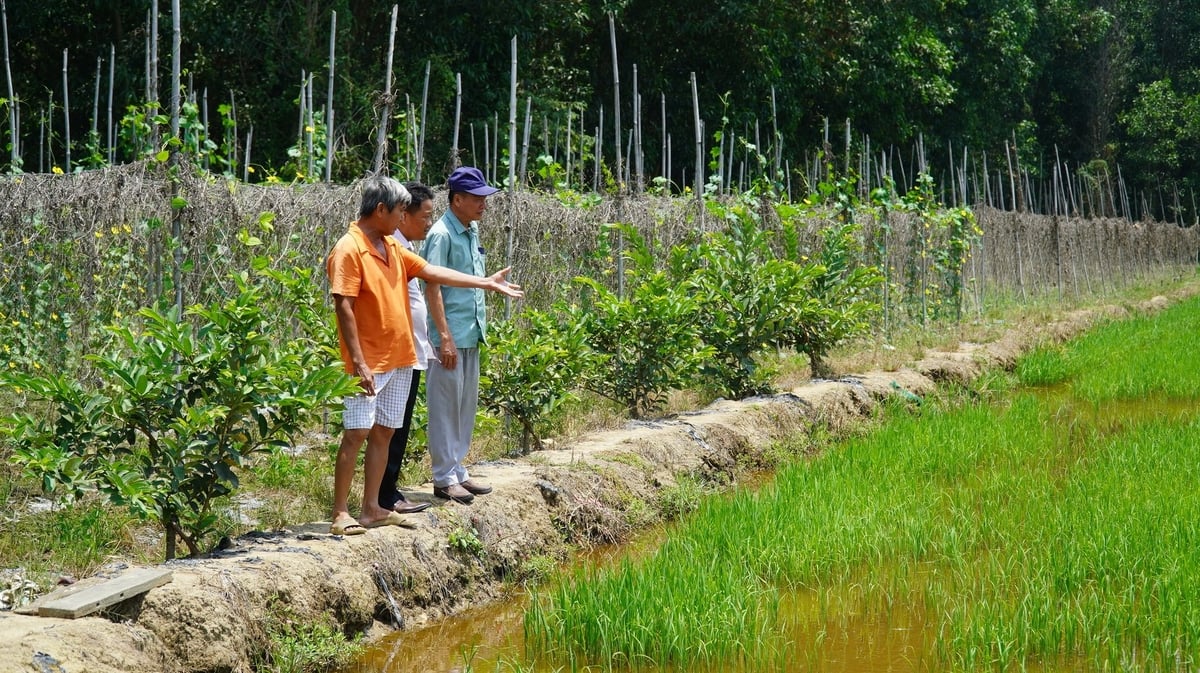
Mr. Thuan and experts are sharing about the rice cultivation process. Photo: Tran Phi.
According to Mr. Truong Quoc Anh, a representative of the Southern Institute of Agricultural Science and Technology, Mr. Thuan's clean rice model has the technical potential to reduce an average of 0.5–1 ton of CO₂ per hectare per season. Upon scaling the model up, the potential for emission reduction in Vietnam's extensive rice cultivation area is immense.
Nevertheless, Mr. Anh underscored that this is still in the pilot stage and demands additional observation in various soil and climate conditions prior to widespread implementation. "It requires time to alter the mindsets and cultivation habits of farmers; we must commence with tangible, real-world outcomes."
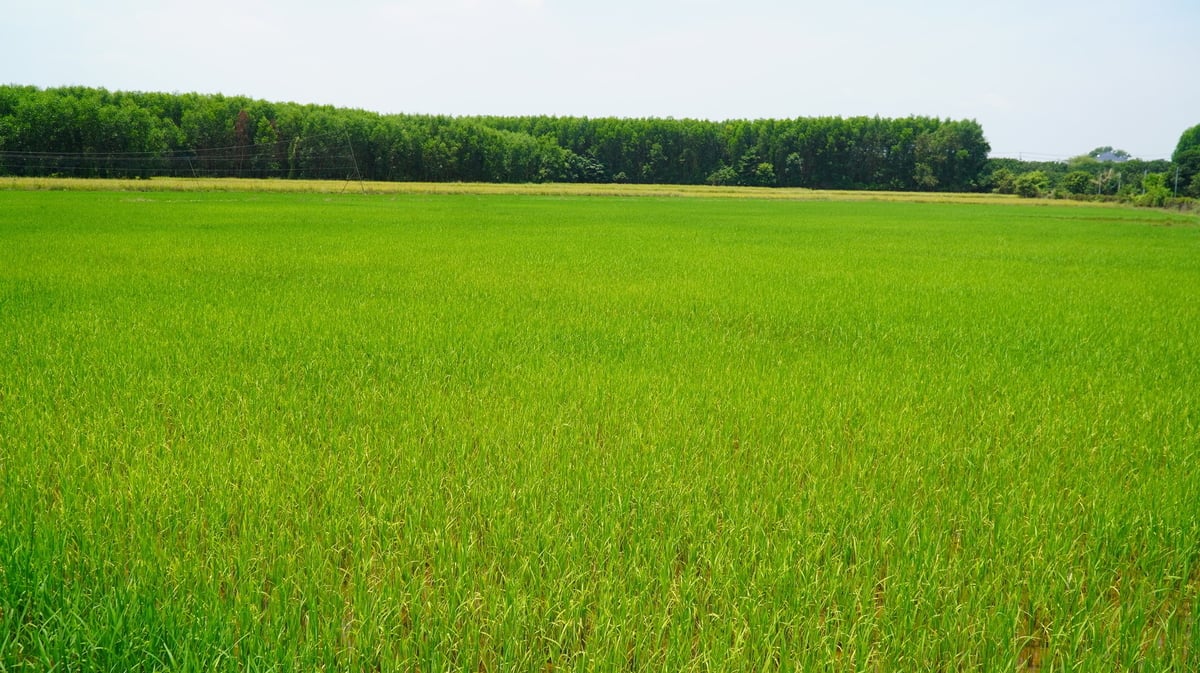
Mr. Thuan's lush green rice fields. Photo: Tran Phi.
Dong Thuan Phat Cooperative is currently collaborating with professional agencies to conduct a thorough assessment of the model's efficacy. The cooperative intends to collaborate with international organizations like SNV and IRRI in the future to expand clean agricultural areas and conduct technical training. Mr. Thanh stated, "Our objective is to introduce Binh Duong's clean rice to more demanding markets and to protect the environment."
Healthier soil not only enhances yield stability but also reduces dependency on external inputs, lowering costs and environmental impact. As Vietnam seeks to green its rice sector, revitalizing soil health offers a practical, low-tech solution with long-term benefits for both farmers and the climate.
Healthy soil is the silent engine behind sustainable rice production. In the clean rice model at Thuong Tan, chemical fertilizers are largely replaced with composted straw and organic manure, helping restore the soil’s natural fertility. This organic approach improves soil texture, making it more porous and breathable. Beneficial microorganisms thrive, breaking down organic matter into nutrients that plants can absorb efficiently.
Translated by Linh Linh
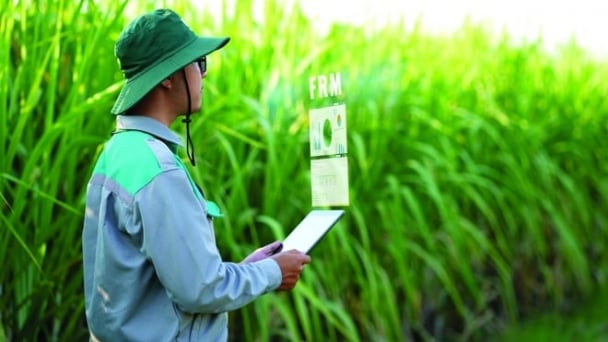
(VAN) At the conference to disseminate Resolution No. 68, AgriS introduced its digital agricultural ecosystem and reaffirmed its commitment to accompanying the Government in promoting private sector development and sustainable agriculture.
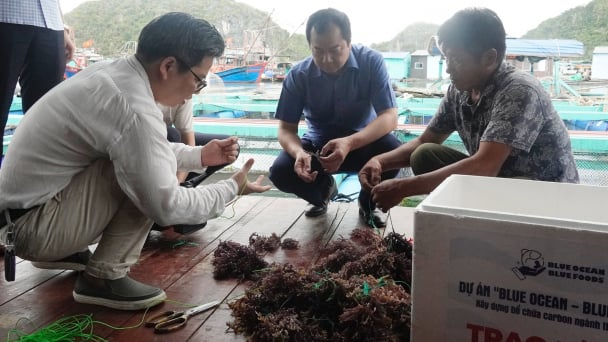
(VAN) 'Blue Ocean - Blue Foods' initiative is designed to restore marine ecosystems and establish sustainable livelihoods for local communities by cultivating a minimum of 1,000 hectares of cottonii seaweed in the first three years.
/2025/05/21/4642-3-112707_603.jpg)
(VAN) The V-SCOPE project has made direct contributions to three out of six pillars of the Comprehensive Strategic Partnership between Vietnam and Australia.
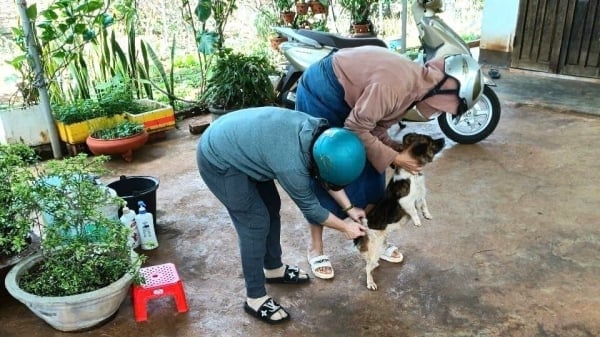
(VAN) Facing the threat of rabies spreading to the community, Gia Lai province urgently carries out measures to vaccinate dogs and cats on a large scale.
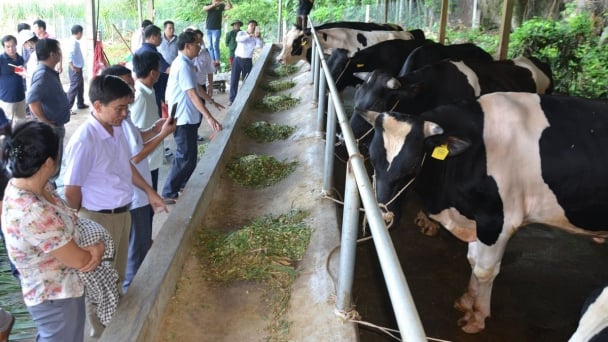
(VAN) Disease-free livestock farming not only protects livestock herds but also stabilizes production and livelihoods for many farmers in Tuyen Quang.
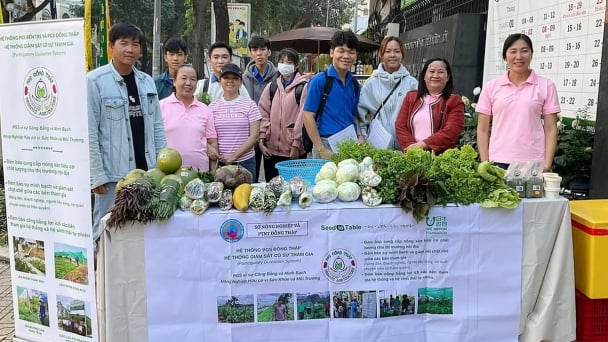
(VAN) Japan's grant aid project contributes to capacity building, promoting organic agricultural production, and fostering sustainable community development in Dong Thap province.